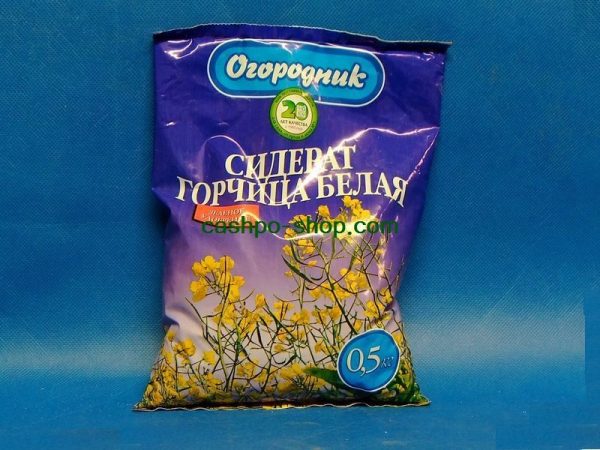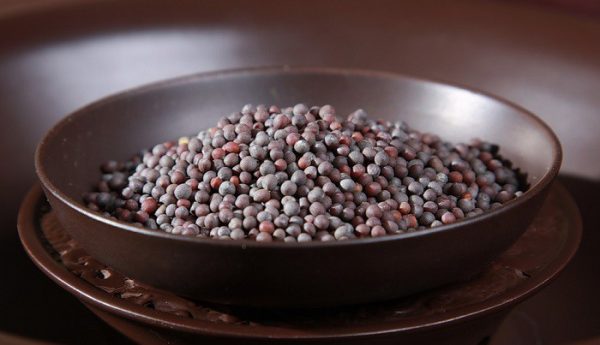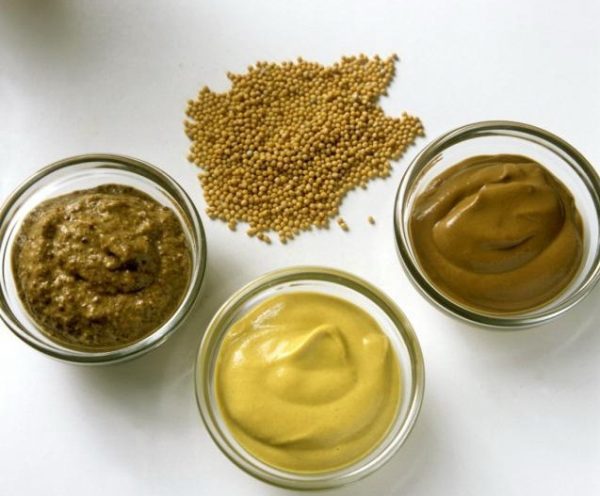What mustard can be used as a fertilizer: its types and properties
Content
Mustard types as fertilizer
It must be admitted that mustard as a fertilizer is not very widespread in our latitudes. It is believed that it is possible to sow it in the garden only in zones of warm climates, while in fact it tolerates relatively low temperatures well, giving all its benefits to the soil. What types can you use? First of all, it is white mustard. Its seeds can be sown both in the spring, as soon as the soil has warmed up enough, and in the fall, when the harvest in the garden is harvested, but there is still no frost. You need to plant seeds at a distance of 10 centimeters from each other, leaving twenty centimeters between the rows.
Strengths and weaknesses
The main advantage of this green manure is the ability to saturate the soil with nitrogen. White mustard as a fertilizer is extremely important for proper nitrogen metabolism, since it decomposes nitrogen compounds in the soil to digestible forms, accumulates them in the leaves and then, when the green mass is plowed into the soil, and any new crop is planted in the garden, then this culture will be much easier get the necessary nitrogen. Mustard can be sown in early spring, as soon as the night frosts stop, and after a month it will grow enough green mass to plant another plant in this place in the garden. Potatoes will be a good neighbor of mustard in a crop rotation, but planting cabbage, radish or salad in this place will not be as fruitful.
The use of mustard in the garden is also that it suppresses the growth of weeds and releases phytoncides that repel some pests (moth, wireworm) and inhibit the growth of pathogens (phytophthora). In addition, by planting this green manure, one can count on the appearance of pollinating insects, in particular, bees. This plant has a developed root system and, thus, contributes to additional deep loosening of the soil.
Also, mustard is quite thermophilic, and with the first frosts, the stems lie down, covering other plants under them, that is, they serve as a kind of insulation.
However, when working with this plant, you may encounter some problems. For example, seeds do not develop at temperatures below minus five. In addition, it is demanding on soil and moisture - it does not like acidic, swampy, but also too dry soils. Attempts to sow mustard under these conditions will likely result in the seeds being wasted.
Video "When and how to sow green manure"
Informational video, when and how best to sow green manure. What are they needed for.
Features of sowing mustard
When to sow this useful plant? You can do this in the spring, a month or a month and a half before planting vegetables, or in winter, when the harvest is harvested and the tops are removed from the garden. This will give the maximum effect of fertilization, rehabilitation and drainage of the soil. You can sow seeds in rows, this will allow you to spend them more economically.Another way is to randomly scatter the seeds over the garden bed and sprinkle them with one and a half centimeters of soil. It is less labor intensive and will produce thicker shoots, but requires much more seeds. In three, maximum five days, seedlings will appear.
If the sowing of mustard is carried out in the spring, then after a month, at the latest one and a half and necessarily - before flowering, it must be mowed. The indication about flowering is important, since by this time the stems become very tough and grow to almost a meter in length, which means, in addition to mowing, they will need to be crushed before embedding in the soil. The mowed mustard can be left on the surface and it will act as a mulching material, or it can be added to the soil by plowing to obtain humus. In the second case, a constant check of soil moisture is required, and, possibly, watering with substances that accelerate decomposition. If you want to collect seeds, then the mustard must be left to complete the natural development cycle, that is, for two, two and a half months.
Thus, mustard as a fertilizer deserves a closer look. Top dressing with this fertilizer saturates the soil well with nitrogen. It is especially suitable for lovers of organic farming, since its use replaces the introduction of artificial fertilizers and agricultural chemistry into the soil. But mustard can also make life easier for any gardener, improving the quality of the soil on his favorite six hundred parts.
Video "What are siderates and why are they needed"
Informational video.



